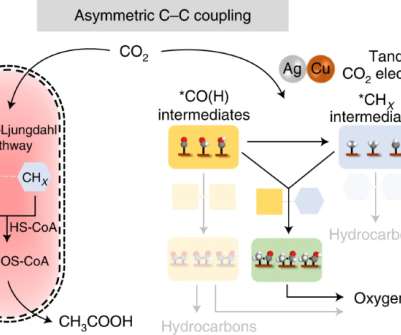Twelve produces first batch of E-Jet fuel from CO2 electrolysis; partnership with USAF; electrifying fuel, not planes
Green Car Congress
OCTOBER 19, 2021
Twelve’s jet fuel, produced using its carbon transformation technology in partnership with Fischer-Tropsch conversion experts Emerging Fuels Technology ( earlier post ), is a fossil-free fuel that offers a drop-in replacement for petrochemical-based alternatives without any changes to existing plane design or commercial regulations.

































Let's personalize your content